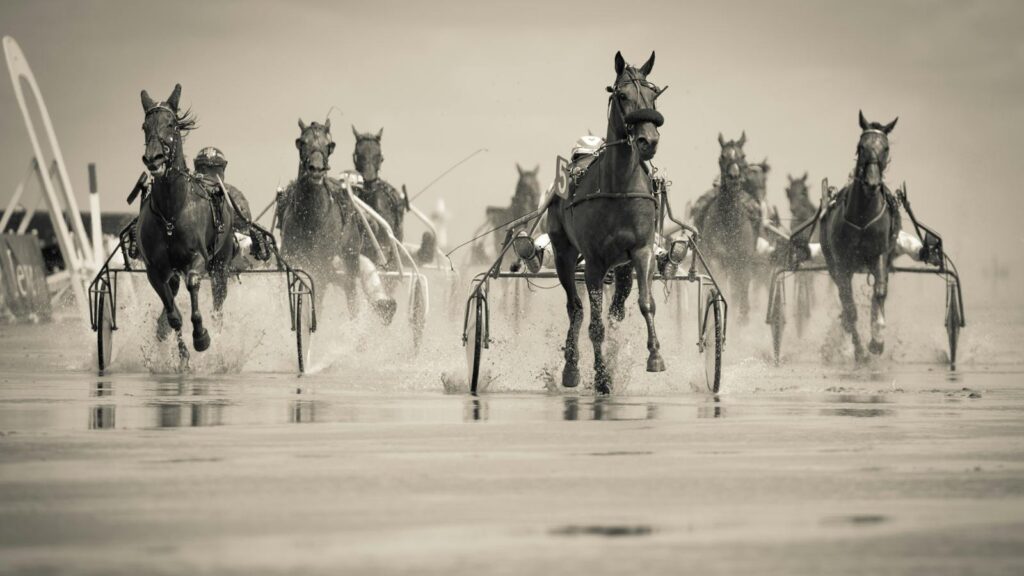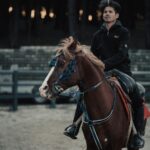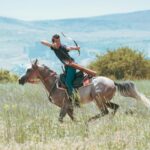Riding schools are the backbone of equestrian education, serving as gateways for newcomers and training grounds for aspiring professionals. These establishments shape not only riding skills but also fundamental knowledge about horse care, management, and the ethical standards upheld in equestrian sports. While they offer tremendous benefits to the equestrian community, riding schools also face challenges and misconceptions that deserve closer examination. From certification standards to teaching methodologies, the reality of riding schools reveals a complex landscape that influences the broader equestrian world in profound ways. This article explores the multifaceted nature of riding schools, their impact on equestrian sports, and what potential students should know before enrolling.
The Historical Evolution of Riding Schools
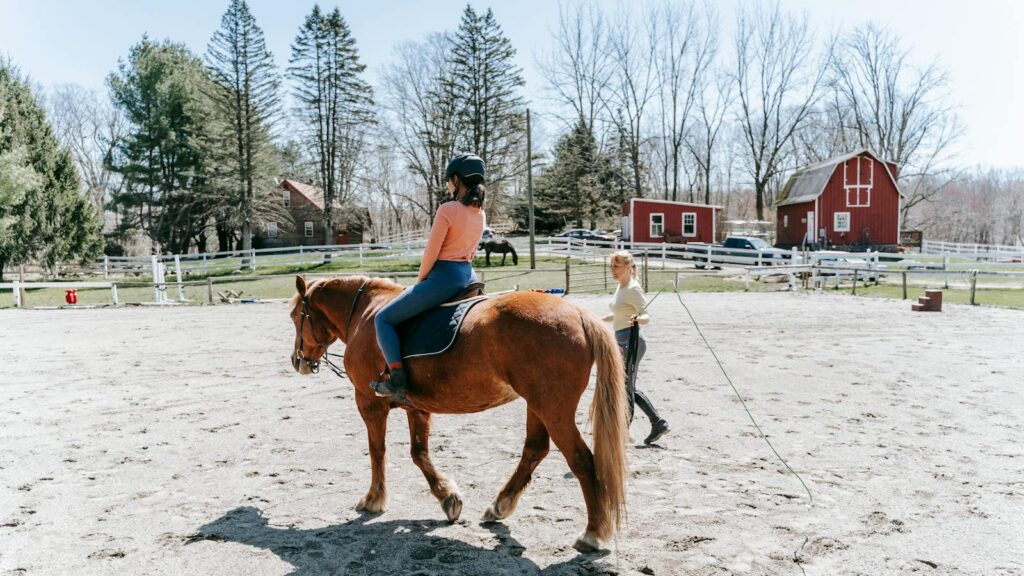
Riding schools trace their origins back to military cavalry training facilities, where standardized instruction methodologies were first developed to create competent mounted soldiers. The transition to civilian riding education began in earnest during the 17th century with the establishment of prestigious academies like the Spanish Riding School in Vienna, which codified classical dressage principles that remain influential today. By the 20th century, riding schools had transformed from exclusive institutions for nobility to more accessible establishments serving broader communities, reflecting democratization within equestrian sports. This evolution has shaped modern riding education, incorporating elements from various national traditions while adapting to contemporary sport and recreational needs.
Accreditation and Quality Standards
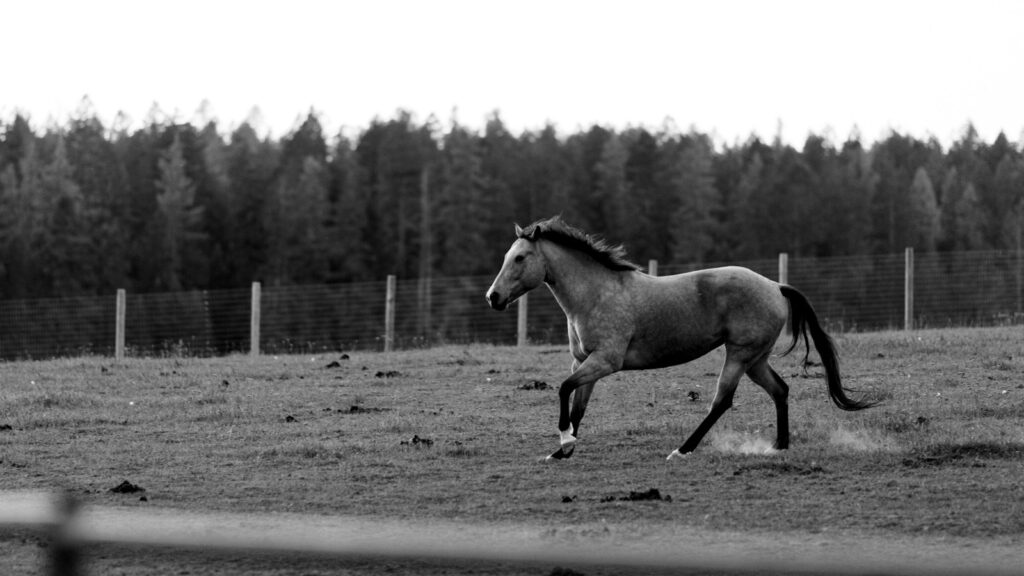
The quality of riding schools varies dramatically worldwide, with accreditation systems differing by country and sometimes by region. Organizations like the British Horse Society, Certified Horsemanship Association in North America, and the Fédération Française d’Equitation provide structured certification frameworks that assess facility safety, instructor qualifications, horse welfare standards, and curriculum quality. Accredited schools typically undergo regular inspections and must meet minimum requirements regarding arena surfaces, stable conditions, emergency procedures, and instructor-to-student ratios. Unfortunately, many regions lack mandatory accreditation, allowing establishments of questionable quality to operate without oversight. Prospective students should investigate a school’s credentials thoroughly, recognizing that proper accreditation often correlates with higher operational standards and safer learning environments.
Instructor Qualifications and Expertise
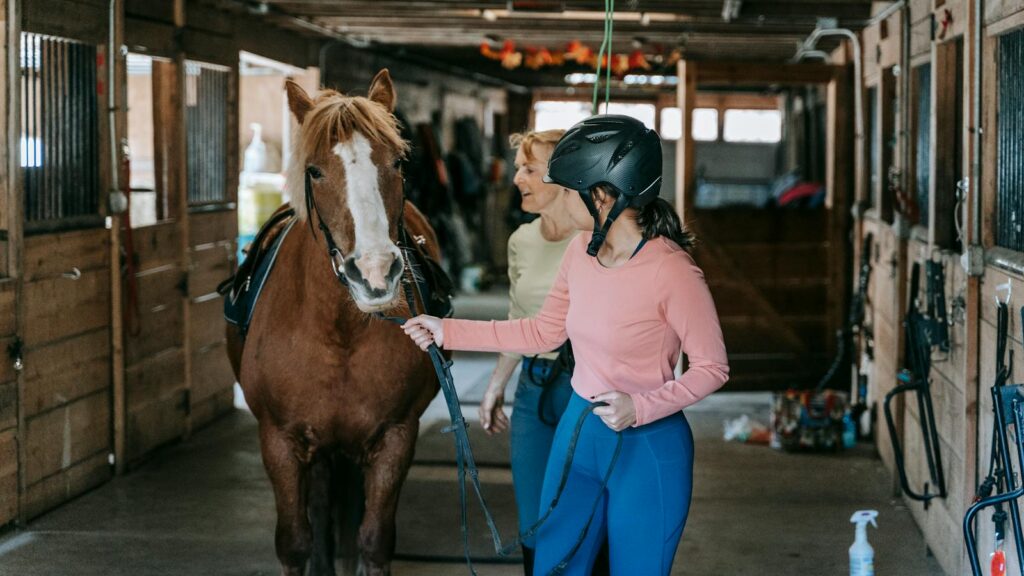
Instructor qualification represents one of the most significant variables in riding school quality, with certification requirements differing dramatically across regions. Properly certified instructors typically complete extensive education covering riding technique, teaching methodology, horse behavior, physiology, and safety protocols, followed by supervised teaching hours and rigorous assessments. Top-tier qualifications like BHS Fellow, USDF Gold Medals, or FEI coaching certifications require years of dedicated study and practical experience. However, the industry remains plagued by underqualified instructors who may have riding experience but lack formal teaching training or updated knowledge of biomechanics and learning theory. Students should not hesitate to inquire about an instructor’s qualifications, continuing education, and specific expertise relative to their learning goals.
School Horse Selection and Welfare
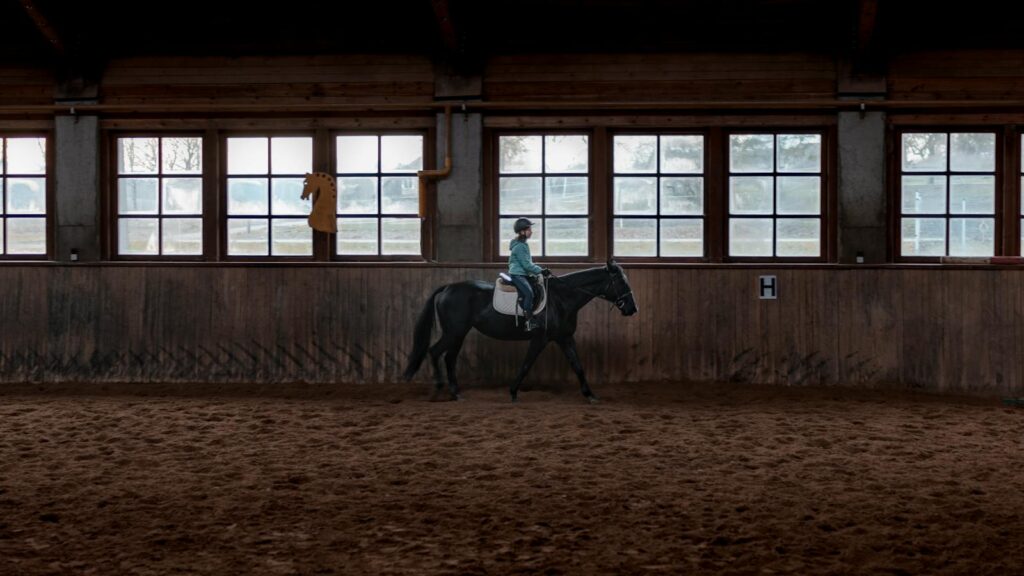
School horses are the unsung heroes of equestrian education, requiring exceptional temperaments and physical resilience to safely carry riders of varying abilities. Quality riding schools maintain careful selection criteria, seeking horses with appropriate training foundations, sound conformation, and mental stability, while avoiding common pitfalls like accepting donated horses with behavioral issues or physical limitations. Ethical programs implement strict policies regarding weight limits, working hours, equipment fitting, and regular veterinary and farrier care to prevent burnout and ensure longevity in their equine teachers. The best facilities rotate horses through varied work schedules, incorporating rest days, turnout time, and different types of lessons to maintain physical and mental well-being. How a riding school manages its horses reveals volumes about its ethical standards and overall quality of instruction.
Teaching Methodologies and Learning Progression
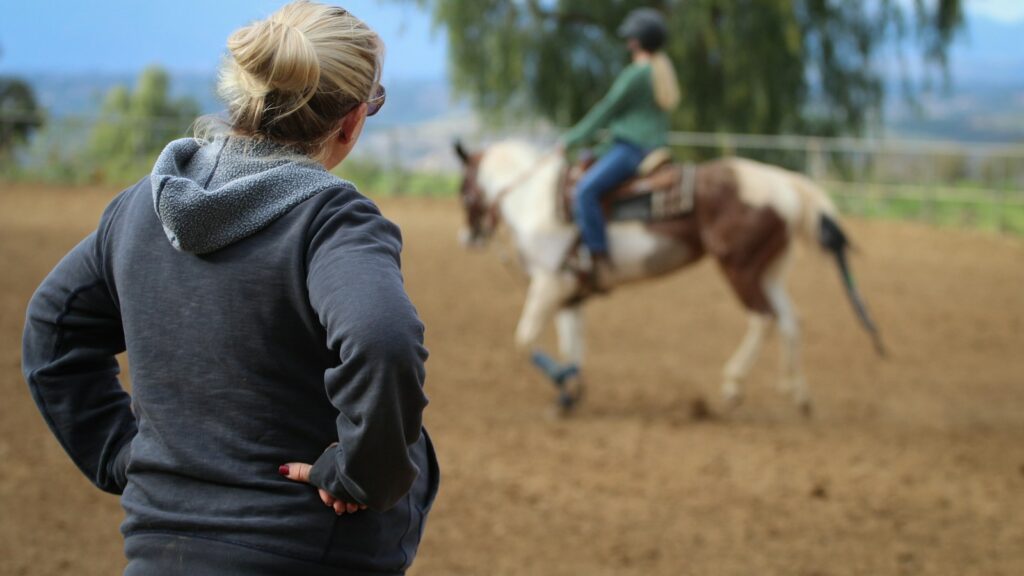
Effective riding schools employ structured teaching methodologies that balance skill development with appropriate challenge, moving students systematically through progressively complex concepts. Modern approaches incorporate learning theory principles, recognizing different learning styles and adapting instruction to visual, auditory, and kinesthetic learners through varied teaching techniques. Quality programs emphasize proper foundation skills—balance, position, and clear communication with the horse—before advancing to more specialized disciplines, preventing the development of problematic habits that could impede later progress. The best schools document student advancement through formal assessment frameworks, providing clear benchmarks and personalized feedback that help riders understand both their achievements and areas needing improvement, rather than simply advancing students based on time served.
Safety Protocols and Risk Management
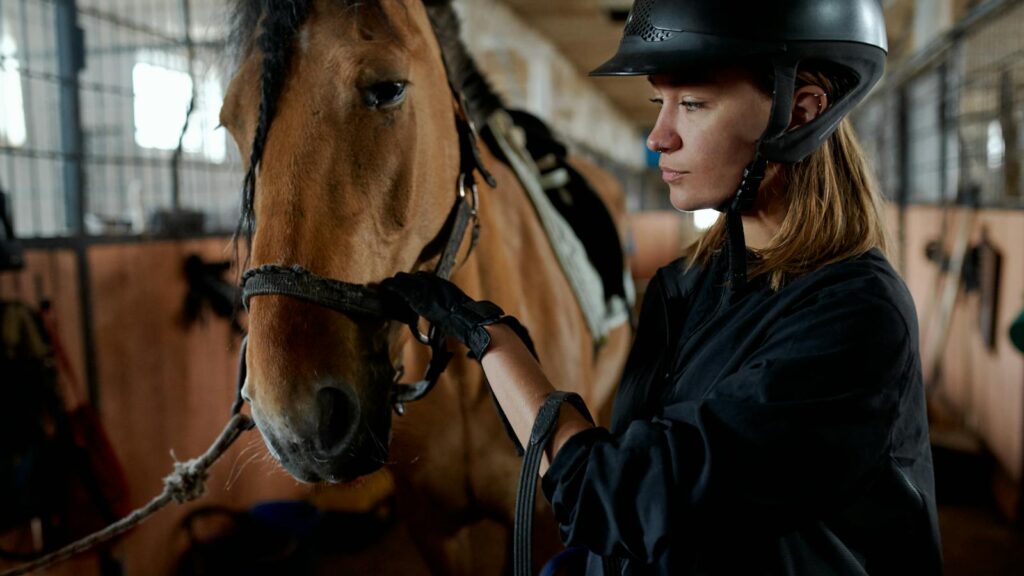
Safety represents a fundamental priority in reputable riding schools, with comprehensive protocols governing all aspects of operations. Well-managed facilities implement structured risk management systems including mandatory helmet policies, appropriate supervision ratios, regular equipment checks, and emergency action plans for various scenarios including falls, loose horses, and medical emergencies. Staff certification in first aid and concussion protocols has become increasingly standard, with many top facilities requiring CPR certification for all instructors. Physical infrastructure plays a crucial role in safety management, with quality schools maintaining appropriate fencing, gates, footing, lighting, and mounting assistance to minimize accident risks. Parents and prospective students should observe how consistently safety rules are enforced, as this reflects the overall safety culture of the establishment.
Cost Structures and Economic Realities

Riding school economics present significant challenges, with high operational costs often resulting in narrow profit margins that affect pricing structures. Quality horse care requires substantial investment in feeding, veterinary care, farrier services, facility maintenance, insurance premiums, and staff salaries, creating fixed expenses regardless of student enrollment. Schools balance these costs through various business models, from pay-per-lesson systems to membership programs or package deals, with rates varying dramatically by geographic location, facility quality, and instructor credentials. Budget operations often cut corners on horse welfare, facility maintenance, or instructor qualifications to provide lower prices, while premium establishments justify higher fees through superior horses, facilities, and teaching expertise. Prospective students should understand the real costs behind quality instruction, recognizing that suspiciously low prices often indicate compromises that may affect learning experiences and safety.
The Social Dimensions of Riding Schools
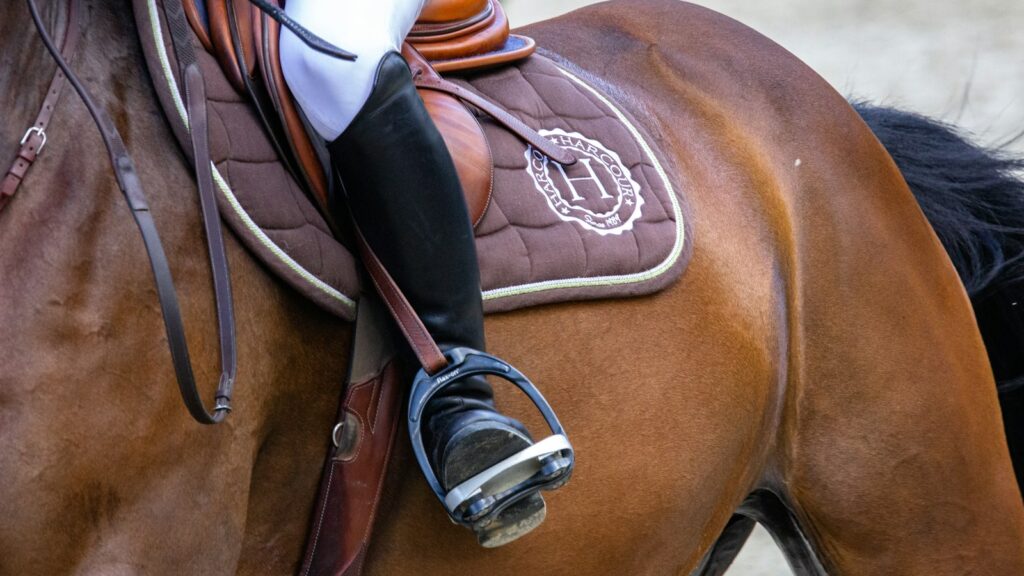
Riding schools function as complex social ecosystems that shape participants’ relationships with horses and the broader equestrian community. Beyond technical instruction, these environments transmit cultural values, establish behavioral norms, and create formative experiences that influence riders’ identities and future engagement with horses. The social atmosphere ranges widely between facilities, from competitive, achievement-oriented cultures to more supportive, inclusive environments focused on individual progress and enjoyment. Group dynamics among students and staff significantly impact learning experiences, with positive peer relationships enhancing motivation and knowledge retention. Quality schools deliberately cultivate healthy social environments through thoughtful group assignment, community events, and clear expectations regarding sportsmanship, mutual respect, and collaborative learning.
Competitive Preparation vs. Recreational Riding
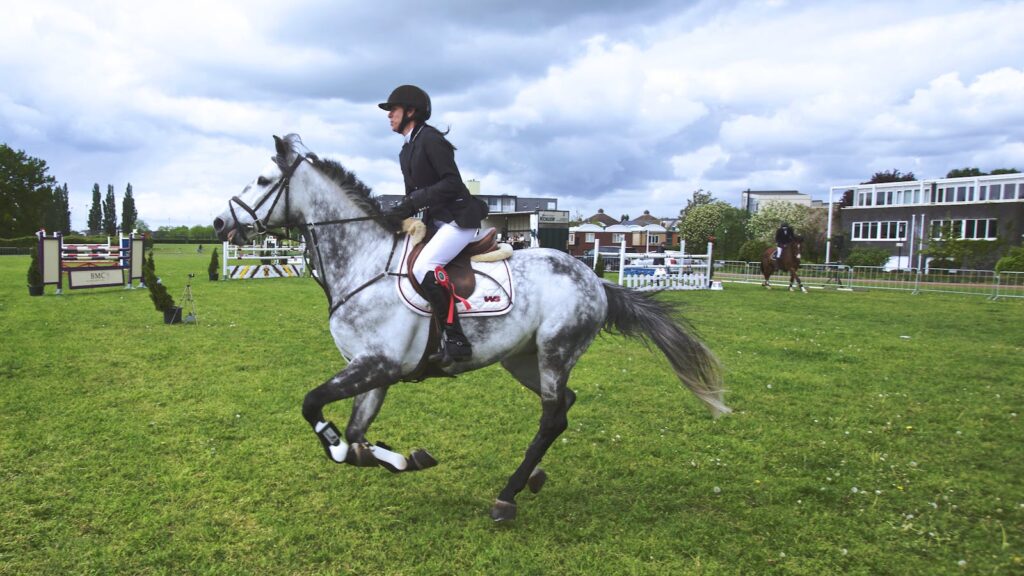
Riding schools diverge significantly in their approach to competition, with some focusing primarily on developing competitive athletes while others emphasize recreational enjoyment and horsemanship. Competition-oriented programs typically feature structured training progressions toward specific showing disciplines, regular participation in competitions, and emphasis on performance metrics and results. These environments often provide valuable exposure to competitive standards but may inadvertently create pressure that diminishes enjoyment for some riders. Recreationally-focused schools prioritize personal fulfillment, connection with horses, and diverse equestrian experiences without competitive pressure, though they may limit advancement opportunities for naturally competitive students. The most versatile programs accommodate both pathways, helping students clarify their individual goals while providing appropriate support for either recreational or competitive development.
Horsemanship Beyond Riding
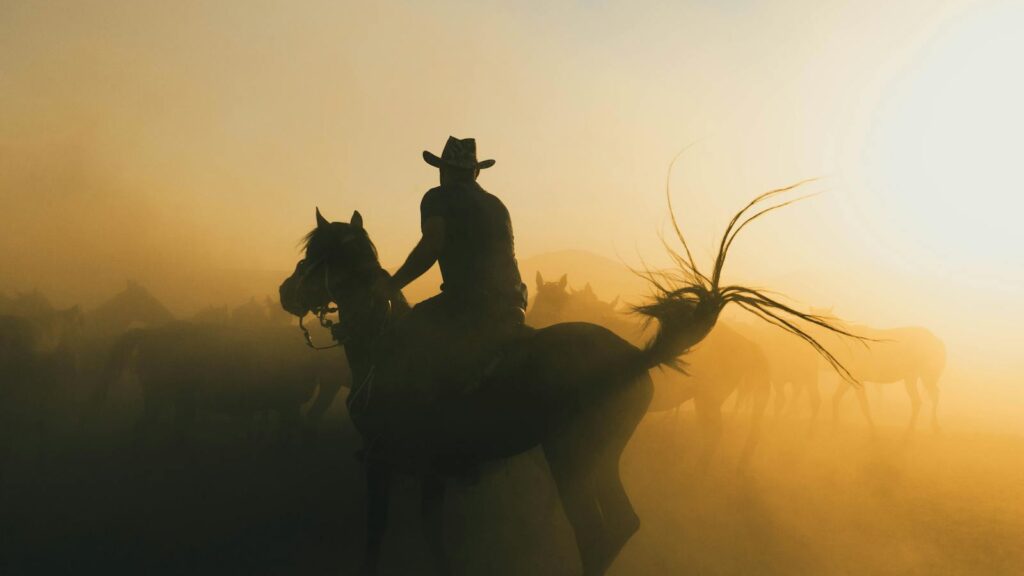
Comprehensive riding schools recognize that equestrian education extends far beyond mounted skills to encompass broader horsemanship knowledge essential for responsible horse interaction. Quality programs incorporate structured education in horse behavior, psychology, anatomy, health assessment, and basic care procedures including grooming, feeding, bandaging, and first aid. Progressive schools include unmounted lessons covering topics from nutrition and conditioning to equipment fitting and maintenance, ensuring students develop a holistic understanding of equine needs. This broader horsemanship education proves particularly valuable for students who may eventually pursue horse ownership, providing foundation knowledge that prevents welfare issues stemming from ignorance. How a riding school balances mounted instruction with horsemanship education reveals its commitment to developing truly knowledgeable equestrians rather than merely technically proficient riders.
Inclusivity and Accessibility Challenges
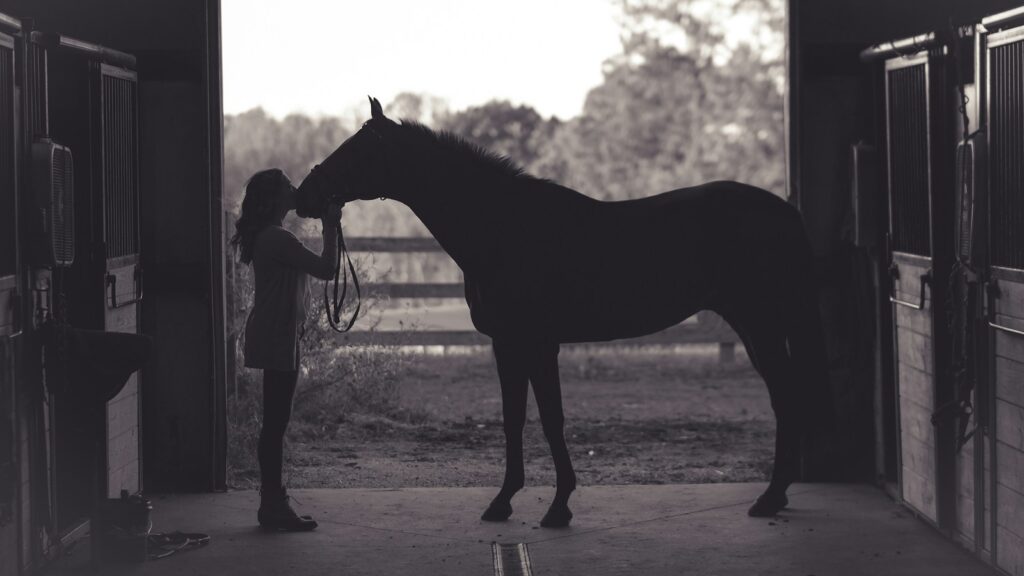
Equestrian education has historically struggled with accessibility barriers that limit participation across socioeconomic, physical ability, racial, and gender dimensions. Progressive riding schools implement deliberate strategies to increase accessibility, including scholarship programs, adaptive equipment for riders with disabilities, and culturally inclusive environments that welcome diverse participants. Financial barriers remain particularly significant, with quality instruction often priced beyond reach for many families despite various initiatives to reduce costs through group lessons, working student opportunities, or subsidized programs. Physical facility design increasingly incorporates accessibility features like mounting ramps, adapted tack, and specialized instruction methodologies for neurodiverse students or those with physical limitations. The industry continues to evolve toward greater inclusivity, though progress varies significantly between individual schools and regions.
The Impact of Riding Schools on Professional Equestrian Careers
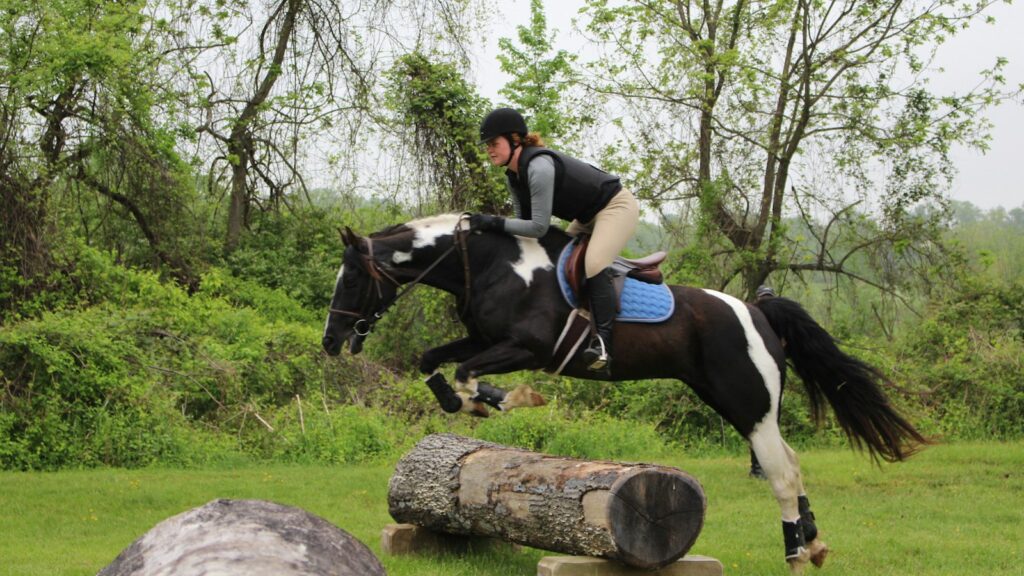
Early riding school experiences significantly influence career trajectories within the equestrian industry, laying psychological and technical foundations that shape professional development. Quality foundational instruction provides advantages that persist throughout competitive careers, with proper basics creating efficiency in advanced skill acquisition and preventing compensatory patterns that limit long-term progress. Many professional riders credit formative riding school experiences with developing crucial qualities including discipline, resilience, problem-solving skills, and ethical awareness regarding horse welfare. Beyond technical skills, early exposure to knowledgeable professionals often sparks vocational interest and provides networking opportunities that facilitate apprenticeships, working student positions, and other industry entry points. The best riding schools deliberately incorporate career education, exposing students to various equestrian professions beyond riding while developing transferable skills applicable across industry sectors.
Evaluating and Selecting the Right Riding School
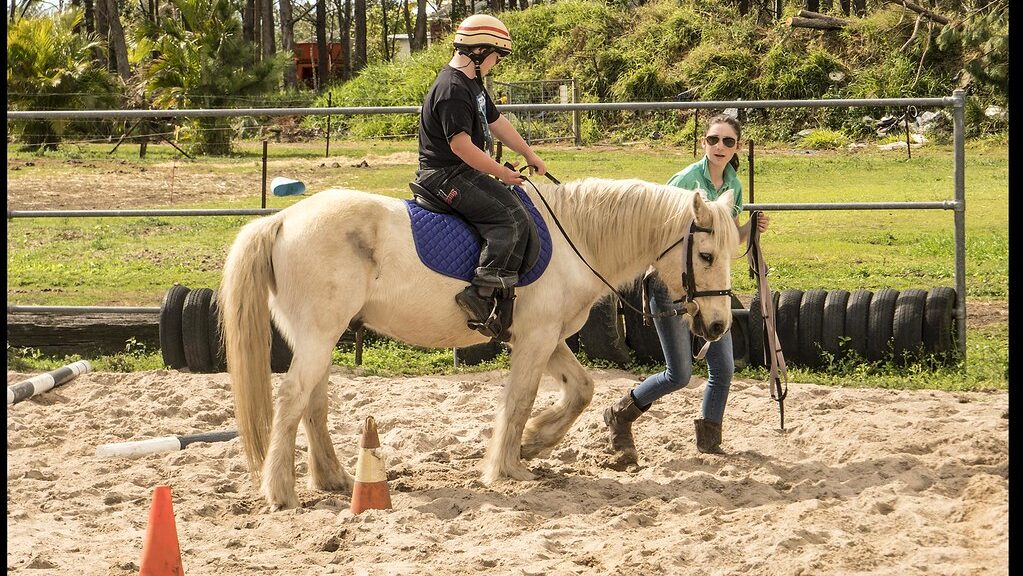
Selecting an appropriate riding school requires careful evaluation across multiple dimensions to ensure alignment with individual goals, learning styles, and values. Prospective students should observe multiple lessons before committing, assessing teaching quality, horse behavior, safety practices, and overall atmosphere through firsthand observation rather than marketing materials alone. Essential considerations include instructor qualifications, horse suitability for the student’s size and experience level, quality of facilities, clear progression systems, and transparent business practices regarding lesson policies and additional costs. Compatibility between teaching style and learning preferences dramatically impacts enjoyment and progress, making trial lessons invaluable for assessing instructional approaches. Ethical considerations should feature prominently in decision-making, with particular attention to horse welfare indicators, safety protocols, and the overall culture regarding competition, inclusion, and respectful treatment of both horses and humans.
The Future of Riding Schools in Modern Equestrian Culture
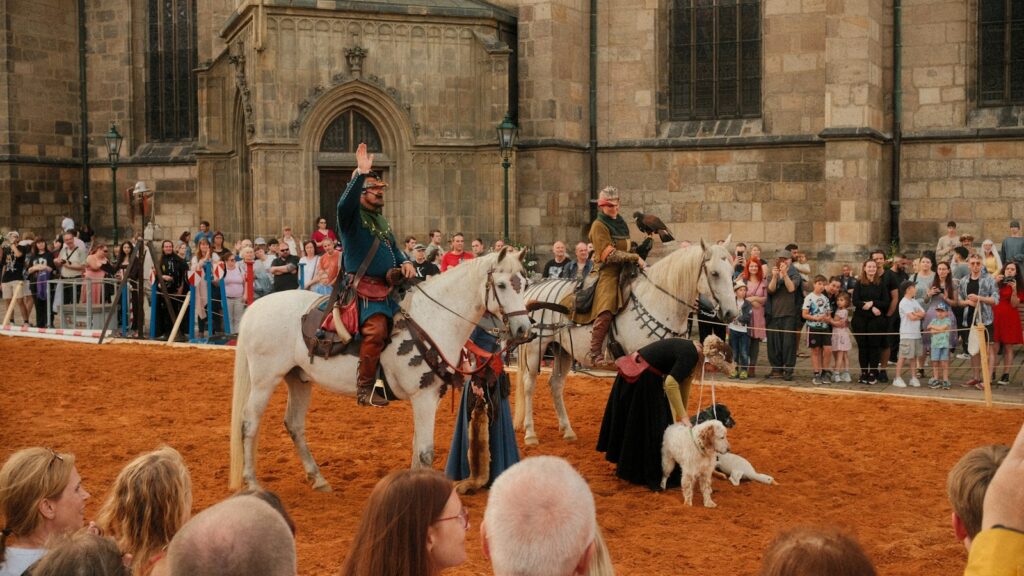
Riding schools face profound evolution as they adapt to changing cultural values, economic pressures, and technological innovations reshaping twenty-first century equestrian education. Digital technologies increasingly supplement traditional instruction through video analysis, virtual coaching, and educational platforms that extend learning beyond physical lesson time. Growing emphasis on scientific approaches drives integration of biomechanics, learning theory, and evidence-based horsemanship into progressive curricula, replacing tradition-based practices with methodologies supported by research. Demographic shifts and changing leisure patterns create challenges in student recruitment and retention, prompting innovative programming such as adult-focused sessions, family participation options, and diversified offerings beyond traditional disciplines. Forward-thinking schools increasingly emphasize sustainability in both environmental practices and business models, recognizing that long-term viability requires adapting to changing market demands while maintaining core values of quality instruction and horse welfare.
conclusion
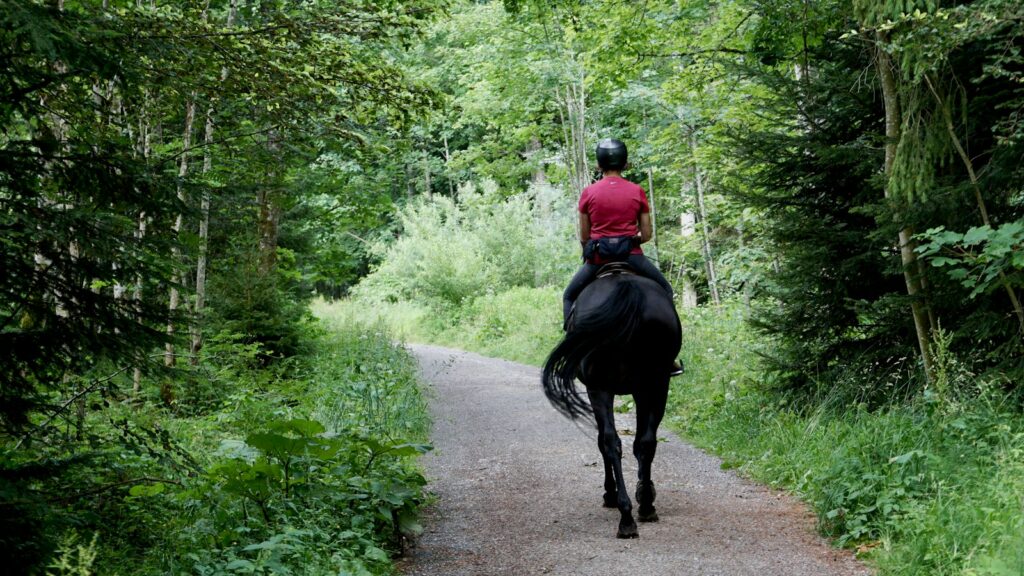
Riding schools occupy a pivotal position in equestrian sports, serving as the primary entry point for most participants and establishing foundations that influence lifelong relationships with horses. The quality spectrum ranges dramatically, from exemplary establishments offering comprehensive education with high welfare standards to problematic operations cutting corners at the expense of horses and student safety. Understanding the complex realities behind riding school operations helps prospective students make informed choices that align with their values and goals. As the equestrian world continues evolving, riding schools that combine traditional horsemanship with evidence-based teaching methods, ethical horse management, and inclusive practices will shape a positive future for equestrian sports. The truth about riding schools ultimately reflects broader truths about our relationship with horses—at their best, they honor this partnership through education that respects both equine teachers and human students.

